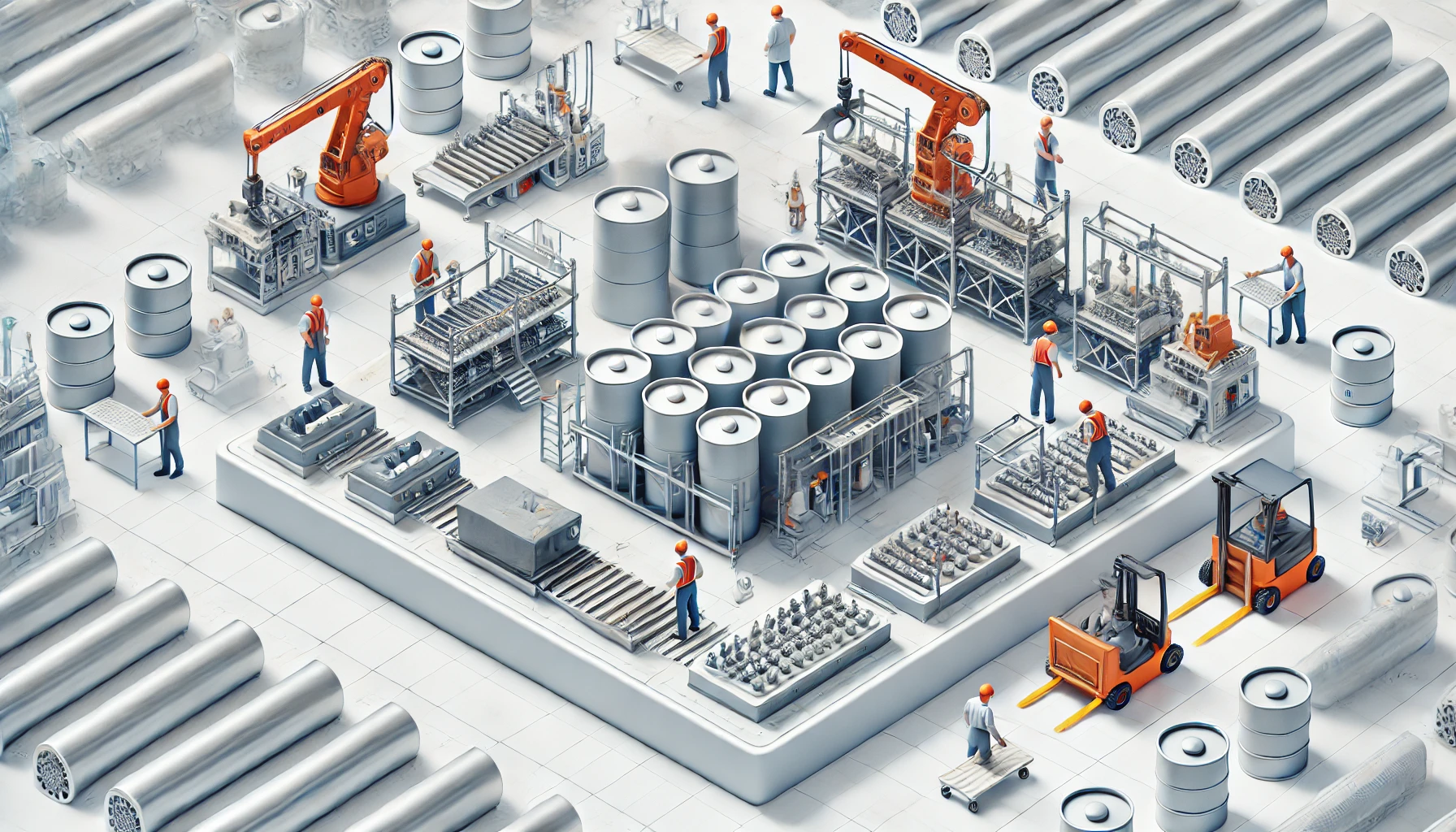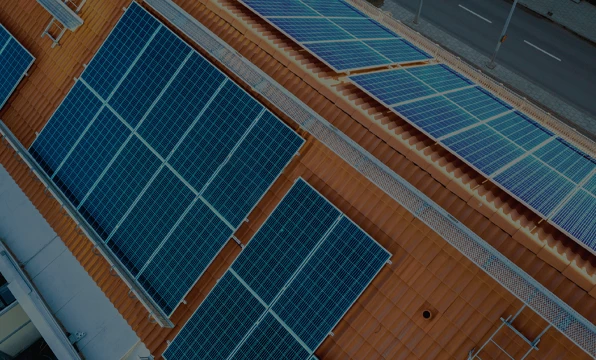The global shift towards clean energy and electric vehicles is accelerating, and energy storage batteries are at the heart of this transition. In an exciting development, LOTTE Energy Materials, a South Korean company, has announced that it will begin mass production of lithium iron phosphate (LFP) battery cathodes by next year. Here’s a closer look at this move and what it means for the battery industry.
The Rise of LFP Cathodes in Battery Production
As the electric vehicle market expands, demand for affordable and reliable lithium batteries has soared. In particular, LFP batteries have become increasingly popular due to their cost-efficiency and stability. LOTTE Energy Materials’ decision to begin producing LFP cathodes marks a significant shift in the battery industry, especially since Chinese companies have historically dominated LFP production.
The company is in the final stages of setting up its trial production line at a factory in Iksan, North Jeolla Province. The production line is expected to have an annual capacity of 1,000 tons and is set to begin full-scale operations by early next year. This move puts LOTTE in a competitive position in the global market, joining major players like LG Energy Solution, Samsung SDI, and SK On, which have all been scaling up their own LFP production efforts.
LOTTE's Quick Transition to LFP Production
LOTTE Energy Materials has an existing cathode production line, which has allowed the company to swiftly shift its processes from producing lithium manganese oxide cathodes to LFP cathodes. This swift transition is vital, as demand for LFP batteries continues to increase, especially in the electric vehicle sector. The company has already sent LFP cathode samples to local South Korean battery manufacturers, signaling its readiness to scale up production.
The Growing Demand for LFP Batteries
LFP batteriesLFP batteries have gained favor due to their competitive pricing, making them an attractive option for automakers. Companies like LG Energy Solution and Samsung SDI are already committed to producing LFP batteries for electric vehicles and energy storage systems. For instance, LG Energy Solution signed a deal to supply 39 GWh of LFP batteries to Renault earlier this year, further indicating the growing demand for this technology.
The shift to LFP batteries also aligns with the global trend toward increasing the use of renewable energy and energy storage solutions. With energy storage systems becoming crucial for managing intermittent renewable power, LFP battery solutions are expected to play a key role in providing stable, cost-effective storage options.
LOTTE's Potential Role in the Global Market
While South Korean companies like LOTTE Energy Materials continue to grow their LFP capabilities, they remain reliant on Chinese suppliers for critical raw materials, such as lithium carbonate and lithium hexafluorophosphate. However, if LOTTE Energy Materials proceeds with a large-scale investment in LFP cathode production after its trial phase, it will be able to produce significant amounts of LFP cathodes for the international market by 2026.
Conclusion
The production of LFP cathodes by LOTTE Energy Materials represents an important milestone for the battery industry, as South Korea works to reduce its reliance on Chinese suppliers and expand its capabilities in this crucial sector. As demand for energy storage and electric vehicles grows, companies like LOTTE Energy Materials will play a pivotal role in shaping the future of clean energy.
Power batteries provide electric drive for new energy vehicles. They are not only heavy and complex in structure, but their performance is directly related to the vehicle's range, safety and power. They also largely affect the manufacturing cost of the vehicle. This article will take you to learn more about the structure and core components of power batteries. Let's learn together
 +86 13332949210
+86 13332949210 info@xihobattery.com
info@xihobattery.com







 Xiho
Xiho Feb 01 2025
Feb 01 2025











